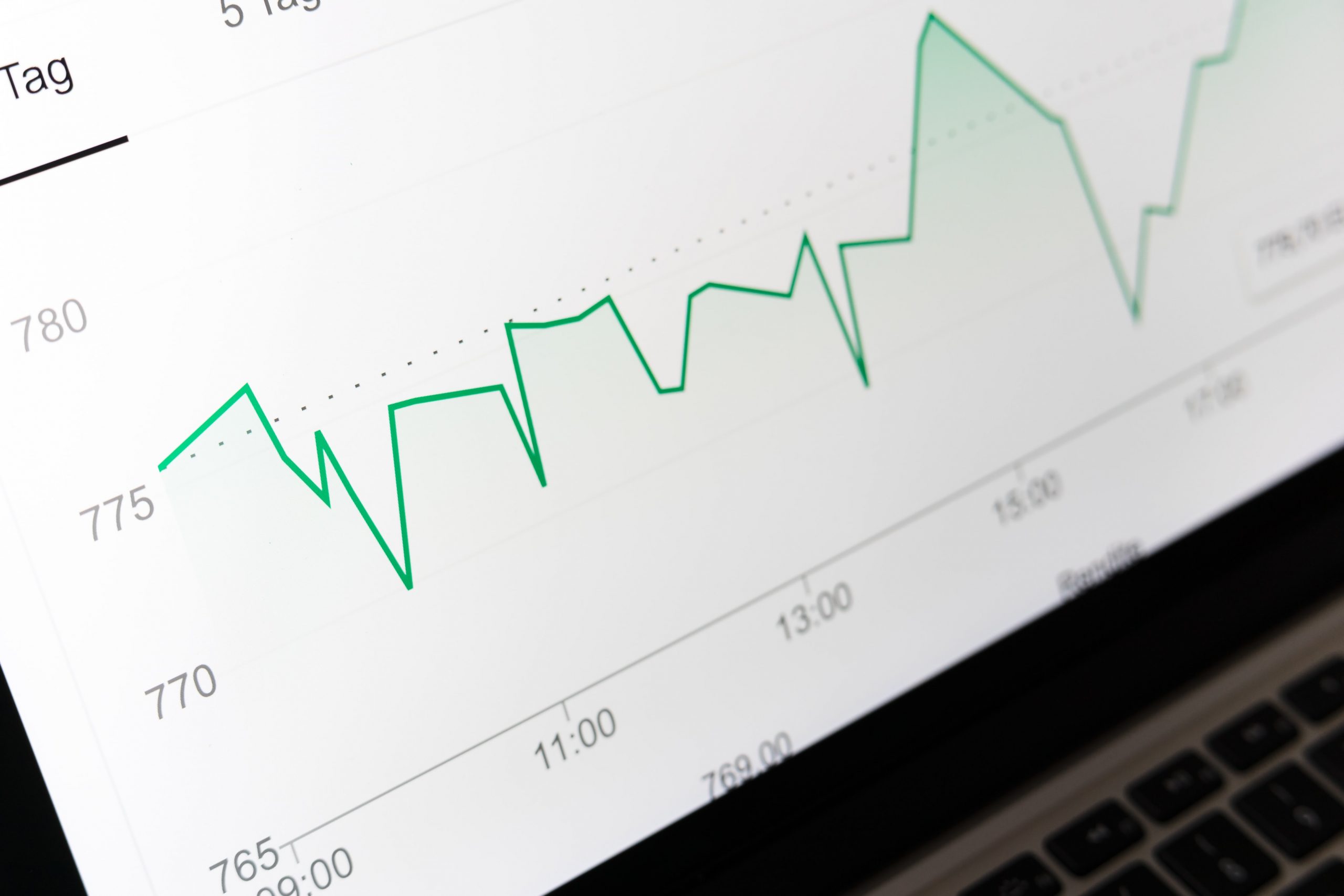CANA’s 2021 Report Reveals Surprising Impacts of COVID on Cremations
Professionals across the deathcare space have been on the front lines of the 2020 Covid-19 pandemic and have witnessed firsthand the incredible and tragic amount of “excess deaths” in the US over the past year. According to the CDC, the age-adjusted death rate increased by 15% from 2019 to 2020, with Covid-19 being the third leading cause of death nationwide. These staggering numbers have led many funeral professionals to wonder how the pandemic has affected cremation rates, which have already been steadily rising year-to-year over the past few decades. But finally, the highly anticipated CANA 2021 Annual Statistics Report has arrived.
The report sheds light on many of the questions raised about cremation rates, death rates, and more throughout the pandemic year, and the numbers may not be exactly what we all anticipated. Justin Crowe, Founder and CEO at Parting Stone, recently sat down with Barbara Kemmis, Executive Director of CANA, and Don Fritz, Operations Manager at Cremation Society of Illinois, for an interview on the Deathcare Decoded podcast to discuss the results of the statistics report and what these numbers mean for the future of deathcare. Here are a few of the most surprising insights from their conversation.
1. What are the Real Numbers Vs. Expected Numbers From Covid-19?
In the CANA 2021 Annual Statistics Report, Tom Anderson wrote a short review with insights into these unexpected numbers, explaining that, “many of us thought that the anecdotal information we were getting from the Covid-19 pandemic would lead to a fast ramp-up of cremation dispositions. Looking at CANA’s report it appears that did not happen.”
The most surprising statistic to come out of the CANA 2021 Annual Statistics Report was that cremation rates did not increase as much as many funeral professionals thought they would in 2020. Looking at the report, even though there were 321,000 more total deaths in 2020 than in 2019, a 20% increase, the cremation rate continues to rise predictably. Data from the report shows that the 2020 cremation rate in the US was 56.1% as compared to the 2019 cremation rate of 54.6%. This equals about a 1.5% increase, which, according to CANA, is “well within the predicted rate” for 2020. Because there was such a huge increase in deaths across the board in 2020, it seemed like cremation rates increased dramatically, but in fact, the ratio of burials and cremation remained consistent with projected expectations.
Don Fritz shared his own surprise at the Covid-19 year cremation numbers on the Deathcare Decoded podcast, explaining that, “As covid ramped up and the deaths continued to rise I thought the cremation rate was absolutely going to go through the roof. Our numbers were just so big, but then when you look at the report, it’s so disappointing. I mean to see how many more people died over that period of time was incredible which is why we were all so busy and are still kind of affected by that today. But going through that report I just shook my head…” “…I would have thought we would have jumped 10%. Our cases are definitely up, but it’s just because so many more people died.”
Justin Crowe had a different perspective which led him to believe that cremation rates would increase more significantly in 2020: “From a supplier standpoint talking to a lot of different funeral home owners and directors, I thought that because funerals,in-person gatherings, and burials seemed to be more challenging, that people were going to move towards cremation because it’s fast and easy and efficient, but I guess that was wrong.”
Barbara Kemmis says that Justin’s theory was right in part. Because there were so many “excess deaths” in 2020 there were more cremations in number, but the actual cremation to burial ratio stayed the same. The fast and easy aspects of cremations certainly appealed to people who couldn’t gather during the pandemic, and who were working with overloaded funeral homes.
2. Will there be a 5-year dip in deaths?
Oddly, this report also begs the question of a potential dip in annual deaths over-all in the next five years, due to massive “excess death” numbers in 2020. Barbara Kemmis explains:
“Because we are talking about 100’s of thousands more deaths than would normally happen year-to-year in the US […] if those hundreds of thousands of families who had to make arrangements under the worst circumstances (I mean it’s always bad but these were the worst circumstances… maybe they themselves were sick and they couldn’t meet face to face or gather at the funeral home especially in the early months with the lockdown […]) in this group experience of grief, these circumstances […]were truly unprecedented, and I wonder what that’s going to mean short term, middle term, long-term. Tom talks about this in the article as well, the euphemism “excess death” means early death, premature death, these are people who died before their time, without their natural life span, maybe only a few years before their time […] but they still died in 2020, and it raises the question,[…] what does this look like for our business in the next 5 years? Are deaths going to decline, or at least level off? Are baby boomers going to replace those deaths? I haven’t heard from the demographers but all of those things are possible.”
3. Will Cremation Rates be Slowed by Green Burial?
The experts say that rising cremation rates aren’t going anywhere, even in the face of new options like green burial and body composting. According to the CANA 2021 Annual Statistics Report, “cremation is driven by customer choice.” This clearly reflects that consumers and funeral planners truly want the benefits that cremation offers.
However, in her interview with Deathcare Decoded Barbara Kemmis does point out that “I do think there is one potential movement afoot to slow down cremation which is green burial. For many customers with strong environmental values and concerns about their carbon footprint, cremation is a fallback, because maybe there isn’t a green cemetery or green burial options nearby. [We know these customers] don’t want embalming and all of that, so cremation is this middle ground. It will be interesting to see as green burial options increase and it becomes more accessible to see if that impacts cremation rates.” It’s important to note that Barbara also goes on to share that CANA’s statistics consultant does not see any data that points to the potential for green burial options disrupting consistent increases in cremation rates.
We do know that many of today’s consumers across generations, but especially in the millennial and gen z demographics, are focused on making purchases that prioritize eco-friendliness and environmental concerns. A recent study by IBM Institute breaks down what is driving consumer choices in 2020. That study reveals that 41% of consumers are value driven (making purchases based on price and convenience) and 40% of consumers are purpose driven (making purchases based on ethics, beliefs, and personal values).
The good news is that there are many eco-friendly cremation products and services that align with the priorities of purpose-driven consumers, while cremation as a disposition method also satisfies value-driven consumers. Click below to download an ebook of eco-friendly funeral products and services
What do these numbers mean for this industry going forward?
CANA’s projections have always been extremely accurate, coming within 0.3% of the actual annual report numbers in the last 9 years. What this means for funeral professionals is that even early projections made by CANA can be trusted and that their team of statisticians and mathematicians offers unbiased and real data.
Going forward, the 2021 report can forecast a few things for the deathcare space, namely, a steady and predictable rise in cremation rates year-over-year. The report projects that within the next few years even the states with the lowest cremation rates will surpass 30% cremation statistics in the near future, with Nevada, the state with the highest cremation rate, going over 80% cremation this year. The national cremation rate is projected to reach 72.8% by 2030.
Preparing for the Next 5 years
There are a few ways that funeral professionals can prepare for the future that the CANA 2021 Annual Statistics Report paints for deathcare.
- Prioritize serving families needs
In the Deathcare Decoded episode on the CANA 2021 Annual Statistics Report, Justin Crowe also explains that “[based on my own online research], I saw that 8,000 people per month online were searching for the term ‘things to do with ashes’ and for me, that shows those are 8,000 families that didn’t get served properly by their funeral home and that funeral home lost a potential sale. These families were clearly looking for an event or a keepsake or something else because the ashes didn’t satisfy them. And I think direct cremation doesn’t help that.” Justin’s research shows that even now with more cremations than ever before, families still have needs that aren’t being met by many funeral homes before and after the cremation process. Expanding the ways in which cremation families are served will help business now, and is even more important for the future.
This mentality applies perfectly to an industry in which rising cremation rates aren’t going anywhere. Focusing on the needs of families by offering all of the same services and options to each customer, regardless of disposition preference, instead of making assumptions about what each family wants, will be even more vital for sustaining and growing business in the face of potential dips in death-rates..
- Learn how to sell to millennials
With the staggering numbers of premature and early deaths occurring due to Covid-19 last year, younger generations have found themselves in the position of funeral planning for loved ones, or considering pre-planning for themselves. Online pre-need services like Cake have taken off in popularity, and funeral directors should be aware of this shifting demographic in deathcare’s consumers.
A recent article on Connecting Directors outlined that millennial and gen z funeral consumers might be looking for less traditional options when planning deaths, like funeral businesses with less strict dress codes, or funeral products and services that align with shifting consumer values. Research shows that millennials are going minimalist, focusing on quality over quantity, and valuing sustainability, thoughtful design, and long-term investments over gimmicks, trends, or fads. Click below to download an ebook of funeral services and products that millennials will love:
- Offer eco-friendly options
It’s clear from the 2021 Annual Statistics Report that funeral consumers are actively choosing cremation in steadily growing numbers each year. As mentioned before, with green cremation also growing in popularity, it’s also clear that many deathcare consumers are making choices based on environmental concerns. Since green burial isn’t always an option today, looking at ways to make cremation more appealing to environmentally conscious consumers is an excellent way to make the most of potential decreases in deaths over the coming years. Click below to download an ebook of eco-friendly funeral products and services that will help make cremation more valuable for your families and your business.




